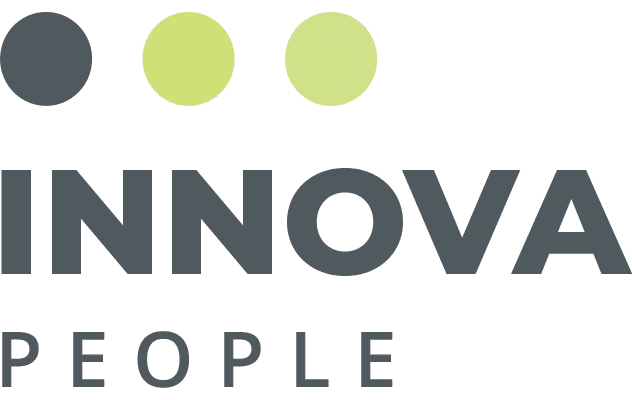As the final quarter of 2021 comes into focus, many organizations are in the process of assessing workforce needs for 2022.
Planning is challenging considering what the past two years have brought us: health and safety concerns from Covid-19, economic uncertainty, and an incredibly tight labor market. Strategic workforce planning that is flexible and resilient has never been more important for HR and talent acquisition teams.
Here are some factors leaders should be considering in their 2022 planning.
Assume the new normal
The “Great Resignation” doesn’t seem to be slowing down. For the second straight month, Americans quit their jobs at a record pace in September in many cases, for more money elsewhere as companies bump up pay and incentives to fill job openings that are close to an all-time high.
The Labor Department said that 4.4 million people quit their jobs in September or about 3% of the nation’s workforce.
Having a deep understanding of what workers value in a company and building a compelling brand that aligns with connection, progress, employee development, and provides appropriate incentive systems are most likely to retain and attract top talent.
If you need help in showcasing your company brand in your recruiting efforts, contact INNOVA People today.
Be flexible
If anything in the past 20-months has taught us, it’s to be flexible. Technology and hybrid work models are changing what employees and workers expect from firms and future jobs. The companies that lean into those values will reap the benefits.
Focus on worker’s well-being
Burnout is real and is widespread. Employee well-being was the area CEOs said their brands struggled with most amid the pandemic.
Here are some recent findings:
- 48% of employees report experiencing high to extreme stress over the past year—a 7% increase over the last two years.
- 96% of CEOs believe they are doing enough for employee mental health, but only 69% of employees feel the same.
- 80% of CEOs believe that poor employee mental health negatively impacts worker productivity.
Thus, it’s no surprise a focus on mental health and wellness — and being flexible to employees’ needs as it pertains to workers’ well-being — is now essential for all companies to thrive today.
Leaders need to guide their staff through what is — and could remain — a disruptive and uncertain climate in 2022.



